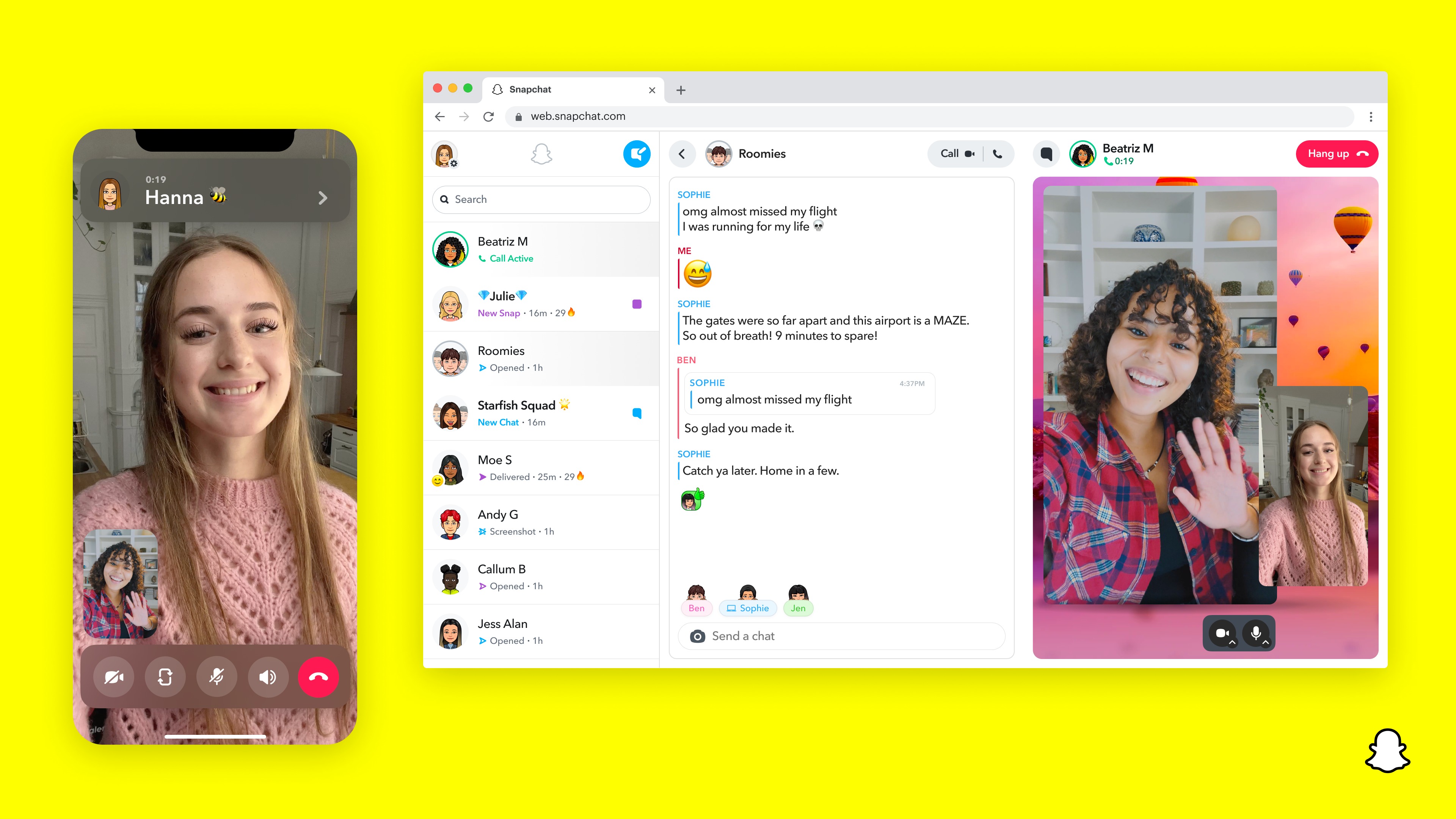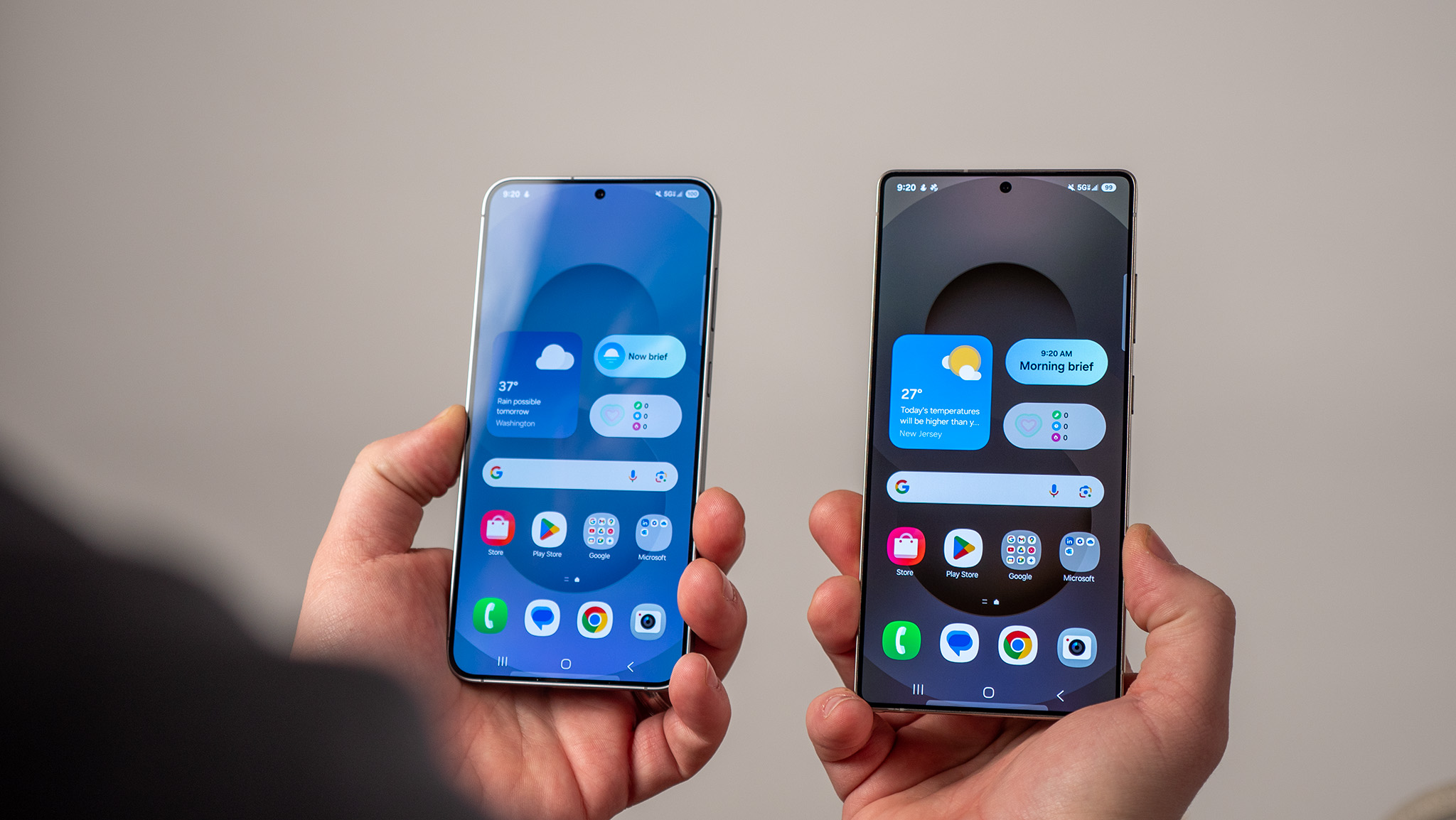Snapchat is now accessible on the web, but there's a catch
You need to pay $3.99 per month to access the app on your desktop.

What you need to know
- Snapchat has launched a web app that includes its core features on mobile.
- Snapchat for the web is available only to paid subscribers in selected countries for now.
- It supports chat reactions and reply, with AR Lenses rolling out soon.
Snapchat is expanding beyond smartphones. Today, Snap announced that Snapchat is available on the web to let users send pictures and chat with friends through video calls.
The web app brings with it a bunch of features that elevate Snapchat to one of the best messaging apps on mobile, including voice and video calling capabilities. It also ensures an uninterrupted chat experience by allowing you to start a chat on your smartphone and then continue the conversation where you left off on your PC.
However, Snapchat for the web is only accessible to Snapchat+ subscribers. This means you won't be able to open the service on your desktop unless you pay $3.99 per month.
Snapchat+ was launched in June to diversify the platform's revenue streams beyond ads. The web app marks the first time that Snap has introduced an exclusive feature for subscribers.
"With more than 100 million Snapchatters using our voice and video calling each month on average, we’re excited to offer a new way for our community to keep conversations going on their computers, where they’re already working, learning, and browsing," the company said in a blog post.
Like its mobile version, the web app also supports chat reactions and replies. Snap has promised to bring support for AR Lenses soon. To properly represent the device you're using to access the service, your Bitmoji will be accompanied by a laptop icon. In the future, Snap plans to add the ability to view Stories and Memories on desktop.
Snapchat+ subscribers in the United States, United Kingdom, Australia, New Zealand, and Canada can now access the service's web interface by going to web.snapchat.com on Google Chrome. TechCrunch reports that it will also make its way to France, Germany, Saudi Arabia, and the United Arab Emirates before eventually going global for all users.
Be an expert in 5 minutes
Get the latest news from Android Central, your trusted companion in the world of Android

Jay Bonggolto always keeps a nose for news. He has been writing about consumer tech and apps for as long as he can remember, and he has used a variety of Android phones since falling in love with Jelly Bean. Send him a direct message via Twitter or LinkedIn.
